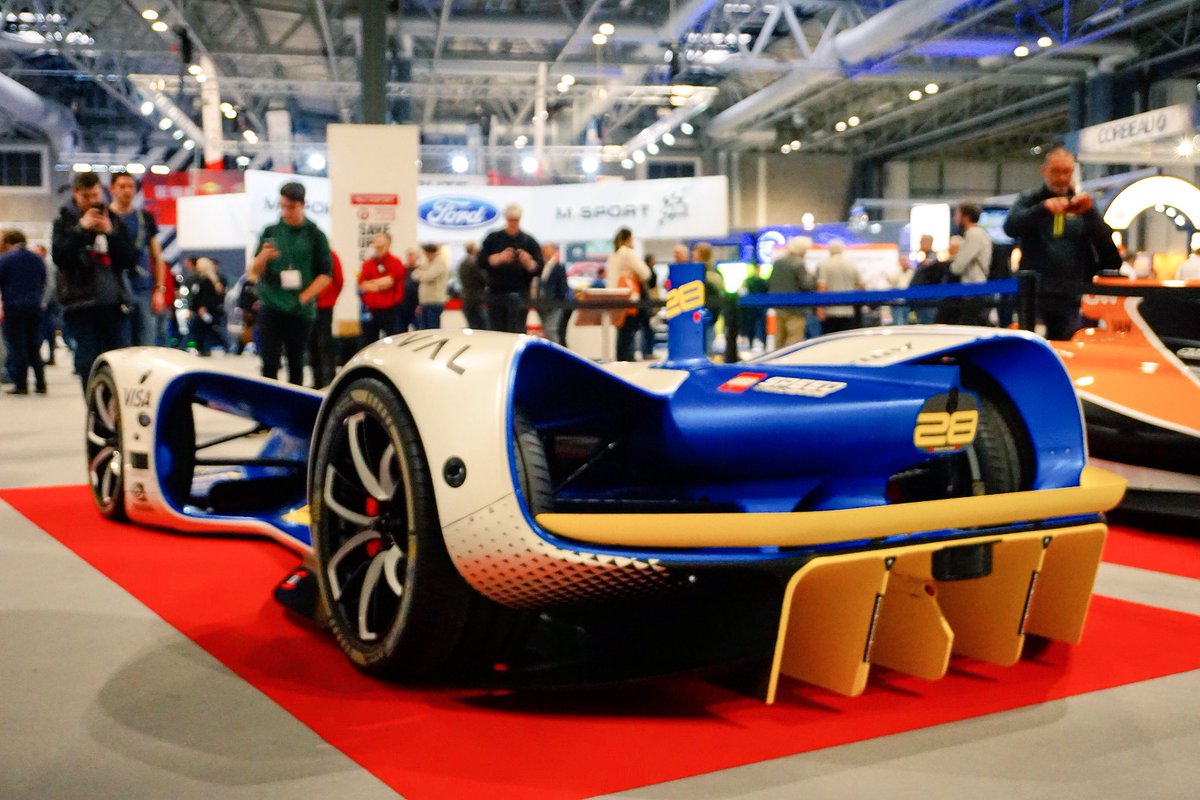Formula E is redefining the world of motorsports, offering a glimpse into the future where sustainability meets high-speed racing. As the premier electric racing series, Formula E has not only introduced a new era of competition but also brought the spotlight onto the potential of electric vehicles (EVs) in the mainstream automotive industry.
The Rise of Formula E
Launched in 2014, Formula E was created to promote sustainable mobility and push the boundaries of electric vehicle technology. The series features single-seater, open-wheel cars powered entirely by electricity, racing on temporary street circuits in some of the world’s most iconic cities, including Paris, New York, and Hong Kong. Unlike traditional racing series, Formula E’s city-center races bring the action directly to the fans, making the sport more accessible and engaging.
The Cars: High-Tech and High-Performance
Formula E cars are cutting-edge machines, designed to be both fast and efficient. The latest Gen3 cars, introduced in the 2022-2023 season, are lighter, more powerful, and more efficient than their predecessors. These cars boast a top speed of around 200 mph (320 km/h) and can accelerate from 0 to 60 mph in under 2.8 seconds. They also feature regenerative braking, which converts kinetic energy back into electrical energy, extending the car’s range during a race.
One of the unique aspects of Formula E is the focus on energy management. Drivers must carefully balance speed with battery consumption, making strategic decisions on when to push the car to its limits and when to conserve energy for later in the race. This adds a layer of strategy not typically seen in other forms of motorsport.
The Competition: A Level Playing Field
Formula E is known for its competitive nature. Unlike Formula 1, where teams with larger budgets often dominate, Formula E has leveled the playing field by standardizing many of the car components. This ensures that the outcome of races is more dependent on driver skill, team strategy, and energy management rather than just technological superiority. As a result, the series has seen a wide variety of race winners and close championship battles.
Impact Beyond the Track
Formula E’s impact extends far beyond racing. The series serves as a testbed for electric vehicle technology, with many innovations from the racetrack eventually making their way into consumer EVs. Major automakers like Porsche, Mercedes-Benz, and Nissan participate in Formula E, using the series to develop and refine their electric powertrains.
Moreover, Formula E is committed to sustainability. The series is carbon neutral, with all races powered by renewable energy, and it has been recognized for its efforts in promoting clean energy solutions. Formula E also partners with various organizations to raise awareness about climate change and encourage the adoption of electric vehicles.
Looking Ahead: The Future of Formula E
As the world moves towards a more sustainable future, Formula E is poised to play a pivotal role in shaping the automotive landscape. The series continues to grow in popularity, attracting new fans and manufacturers alike. With each season, the competition becomes fiercer, the technology more advanced, and the message of sustainability louder.
Formula E is more than just a racing series; it’s a movement driving change, proving that electric vehicles can be exciting, high-performance, and a viable alternative to traditional internal combustion engines. As the series continues to evolve, it will undoubtedly inspire further advancements in electric mobility, pushing the boundaries of what’s possible on both the racetrack and the road.


